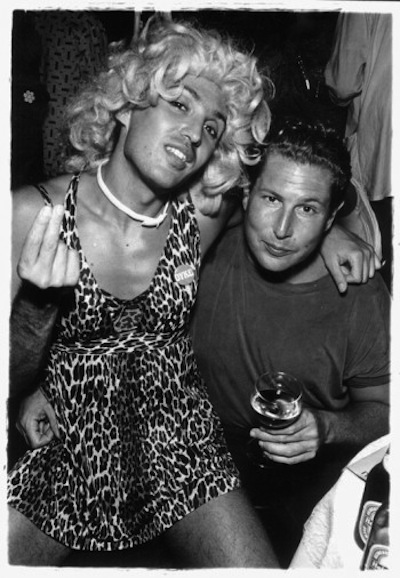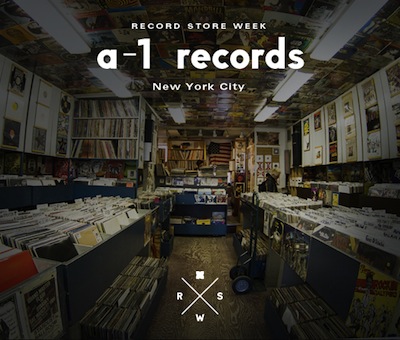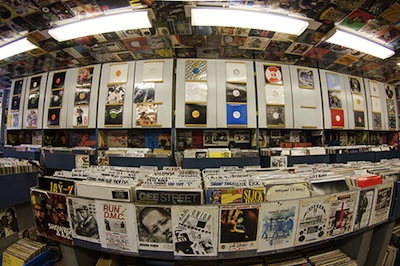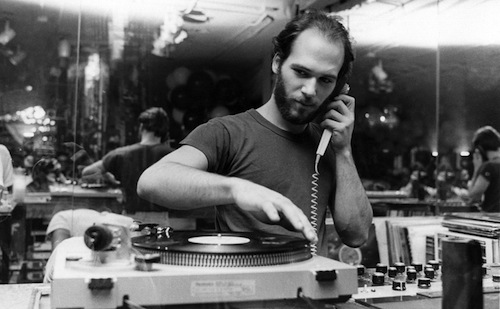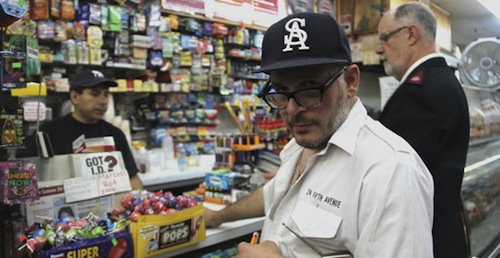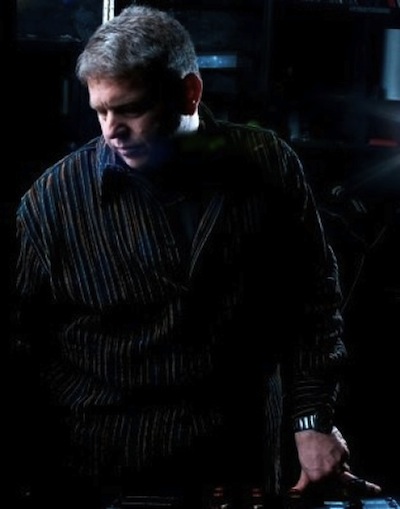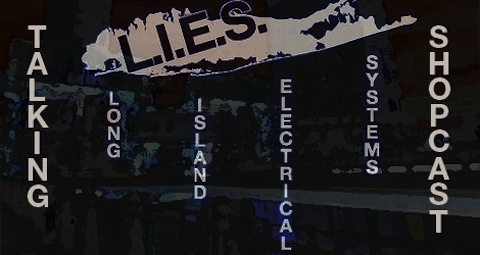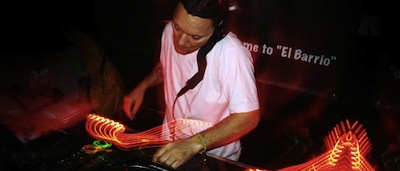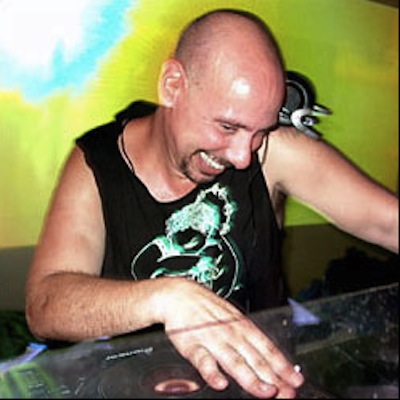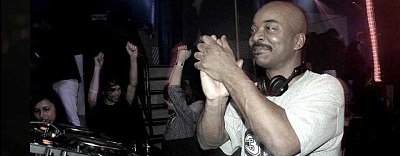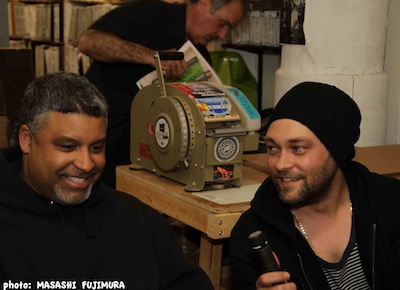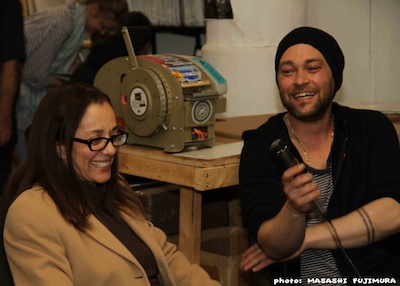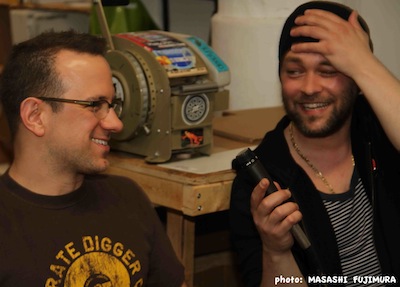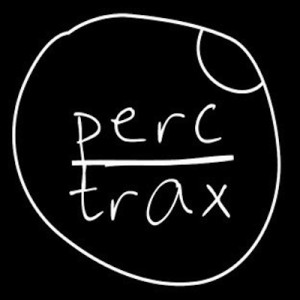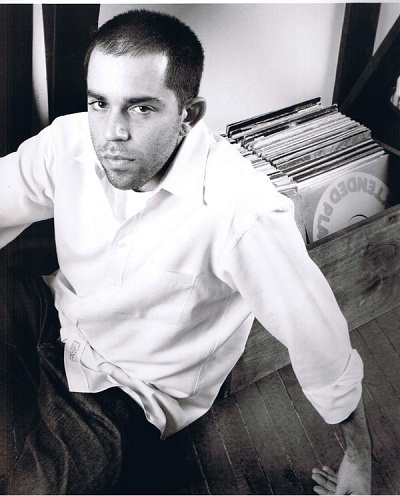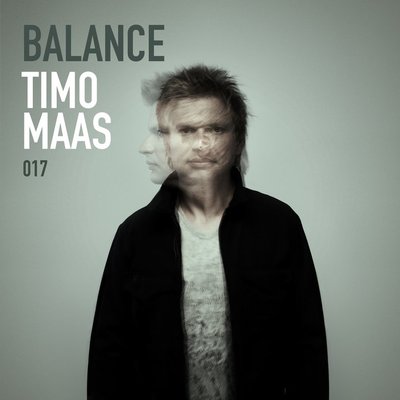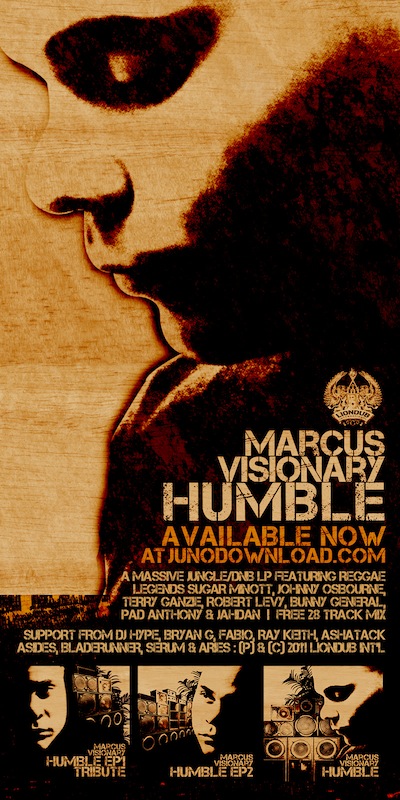
The real deal finally arrives! Marcus Visionary’s latest album, released on his own Liondub International imprint, serves as a rich tapestry weaving together the Toronto native’s musical influences, which range from jungle and drum and bass to reggae and dub. Featuring guest appearance from the likes of the legendary Sugar Minott, Johnny Osbourne, Kandiman, Bunny General, Jahdan and Messenger Selah, there is plenty of old school, dub heavy jungle fire brought to the table here, all mixed down impeccably and presented in an original groundbreaking style.
PURCHASE THE HUMBLE LP AND GET A FREE 28 TRACK MIX BY MARCUS VISIONARY INCLUDING EXCLUSIVES, DUBPLATES, REMIXES AND UPCOMING RELEASES FROM LIONDUB INTERNATIONAL at HERE
MARCUS VISIONARY’S INTERVIEW
Born and raised in the city of Toronto, Marcus Visionary has helped shape the city’s scene and sound since the early 90s. His first love is jungle / drum & bass but he has deep roots in reggae, dub and bass music in general. With a new album out combining all his musical loves, we got in touch to find out all about it.
Tell us about Liondub International, the NYC based ragga label, and the Humble album you’re releasing on it?
I co-run Liondub International with Eric Wise, aka DJ Liondub, out of Brooklyn NYC. We feature all styles of bass culture music but focus mainly on jungle and dubstep. We also have Liondub 45 which is a reggae / dub label.
I met Liondub a few years back when he came to Toronto to DJ. He told me about his links to Jamaican artists and we set a plan in order to create a label that works directly with Jamaican artists.
Humble is the first reggae / dub / dancehall influenced jungle LP we’ll be putting out. We decided to put out two EPs spread over five or six months in order to promote the LP which will be dropping January 3rd 2011.
The music on this album project as very dancefloor friendly and heavily influenced by Jamaican dancehall and soundsystem vibes, but how do you describe your own tracks, and what kind of “genres” would you say they belong to?
The Humble LP is a tribute to reggae / dancehall and dub influenced jungle. When I first heard jungle in 91/92 I was drawn to the reggae and dub influences in the music. I had always hoped to one day work with original Jamaican singers and deejays without having to sample them illegally. This LP is the first step in that direction. [Read More]


